We can separate people into two categories in the gym. No, not the dedicated versus the lazy. I am talking about those with genetically blessed calves versus guys with toddler calves. You know exactly what I mean. We all know people who walk around with the perfect De Beers diamonds hanging off their lower legs and others who train them to oblivion but still look like they have been held captive with no food or water for five long years.
I am someone who isn’t blessed with calves that grow like weeds. When I focused on training them, I did my research into how the muscles of the calf work and how to properly attack them for maximal growth. The truth is, genetics are only partially responsible for your calf development. You can grow them with some hard, painful effort. It will require cadence reps, burnout sets, pushing some heavy loads under control, a variety of exercises, and some good old-fashioned volume.
Much like your legs, calves respond very well to a higher volume, as our legs are meant for locomotion. If you’re doing the same jerky style of calf training week after week with the same type of rep range, this article is for you. If you lift heavy weights, training calves needs to be a priority for you since the
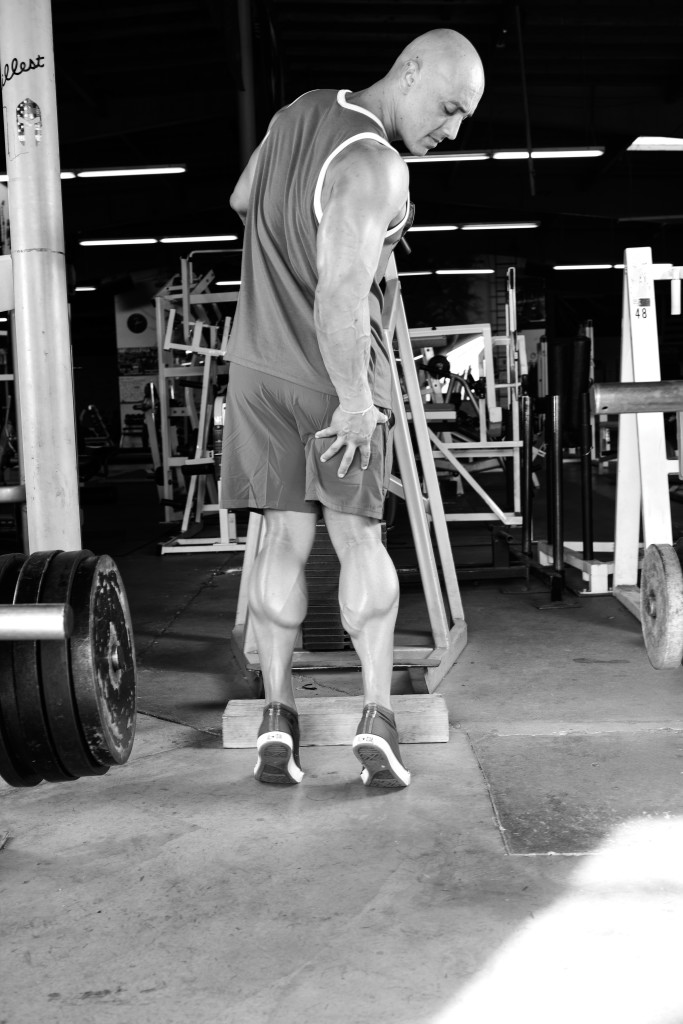
gastrocnemius and soleus are just above and below the knee. The calves control ankle movement mainly, but tight and weak calves can be a contributing factor to knee pain.
To understand how to train calves, we need to break down the muscles that make up the lower leg. The tibias runs along the front of the lower leg and shin. It’s responsible for moving the toe toward your ankle and is best trained with lighter weight and higher reps. The soleus runs along the back of the calf from the knee to the heel. It is responsible for flexing your toe away from your body and is primarily composed of slow-twitch fibers that respond well to higher reps and using a bent knee when training it. The median and lateral head of the gastrocnemius (often called the “gastroc”) is the “diamond” muscle we all want and aids in flexing the knee. It is mostly made up of fast-twitch fibers and will grow well with fast, controlled reps, with a straight knee. The gastroc also has a dual role of assisting in knee flexion. When trained properly, it can help prevent knee pain when lifting.
When training calves, weight is secondary to movement and execution. You don’t want to be that guy with 300 pounds on the seated calf raises and heaving the weight up and down as if you’re having a seizure. Training calves effectively will require that you take a slice of humility and savor it.
Calves respond well to frequent training, and in my experience, I have found that my clients had better calf growth when they train the soleus and gastric muscles on separate days. There are several ways to train calves, but these are the three most effective strategies I have found.
• Doggcrapp (DC) style:
This is a slow three-count descent followed by a good stretch at the bottom. After you stretch them out for a one-two count, explode to the top and flex them as hard as you can for a one-two count. This works great for the gastroc and can be used for the soleus as well.
• Steady and controlled:
Keep a similar tempo for the eccentric and concentric portions, but with a full range of motion. A lot is made of mind-muscle connection with lifting, and here is where it will really come into play. Focus more on the feeling of the muscles rather than the movement.
• Burnout sets:
These are a great high-rep finisher type movement that you can do with bodyweight, low weight, or when your calves are hitting failure. Training calves correctly is painful, but unless you want to be burdened with toddler calves forever, there comes a point in time when you just have to suck it up and make it hurt.
Training calves correctly is painful, but unless you want to be burdened with toddler calves forever, there comes a point in time when you just have to suck it up and make it hurt. IM
MINING FOR DIAMONDS
Perform this routine twice a week for three months and you will see an increase in calf development. Complete the workout after you’ve finished all of your main sets for the day. I suggest doing it once on your lower-body day, and then the second workout three days later. You can change up foot position, vary the sets and reps, and experiment with rest periods, but the constant tenets of good form (no jerky movements), not going too heavy, and concentrating on feeling the calf muscles work will always remain the same.
Week 1, Day 1:
• Box Jump:
Three to four sets of five to six jumps to a moderate height. Do not make these max-effort jumps.
• Seated Calf Raise:
Three sets of 15 to 20 reps using the DC protocol.
• Bodyweight Calf Raise (100s):
One set of 100 reps with bent knees
Week 1, Day 2:
• Leg Press Calf Raise:
Three sets of 12 to 15 reps with knees bent, using a slow and controlled motion.
• Donkey Calf Raise:
Three sets of 12 to 20 reps with knees bent using the DC
protocol.
• Jump Rope Finisher:
Vary between doing intervals and straight time. Volume will depend on your conditioning
Leg Press Calf Raise
Load some weight on a standard leg-press sled. Place the balls of your feet on the bottom of the sled where you can get a maximal stretch and maximal contraction. Keep a slight bend in your knees. Make sure to place the entire ball of your foot on the platform—you don’t want the sled to slide off of your feet with this.
Donkey Calf Raise
Some people are lucky to have a donkey calf machine in their gym, but not all of us.
If you don’t have access to a donkey calf machine, you can have your training partner sit on your lower back while you are bent over. (It’s not weird. Arnold used to do it all the time.) Put the balls of your feet on a stable object that will allow you to fully stretch your calf. Keep your legs straight, but don’t fully lock
your knee.
Bodyweight Calf Raise
Do these for sets of 100. Vary them each workout with knees bent and knees straight. They are a great volume exercise that flushes the calf area with blood. Be warned, if you’re new to these, they will leave you sore for several days.
Seated Calf Raise
This one is very simple. Sit down in the seated calf raise and adjust the pad so your calf can fully stretch at the bottom. The handles on the calf raise are not for you to help pull the weight with each rep. As you fail toward the last part of your set
, a little assistance may be needed, but if you’re that guy who is using those handles like you’re starting a lawnmower, this article is exactly what you need.
Box Jump
An unconventional way to train calves is with box jumps. The gastroc is a fast-twitch muscle and responds well to explosive work. These can be used as a low-moderate weight warm-up before leg day, prior to training calves or as part of an overall strength program. One thing to note, step down off the box and reset before jumping again. Rebounding box jumps are a great way to tear your Achilles.
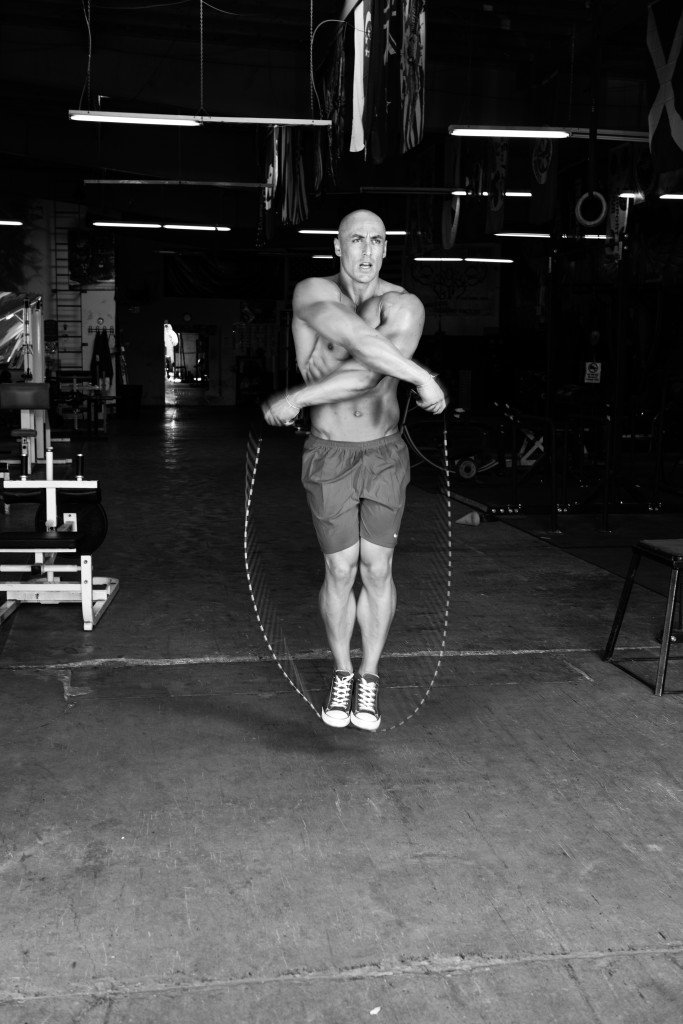
Jump Rope
Conditioning is a great part of an overall training program, and one way to get some extra cardio work in, as well as train calves even more, is by doing jump rope. As you get more proficient, feel free to drop in some double-unders, crossovers, and intervals of bringing your knees up to your waist.
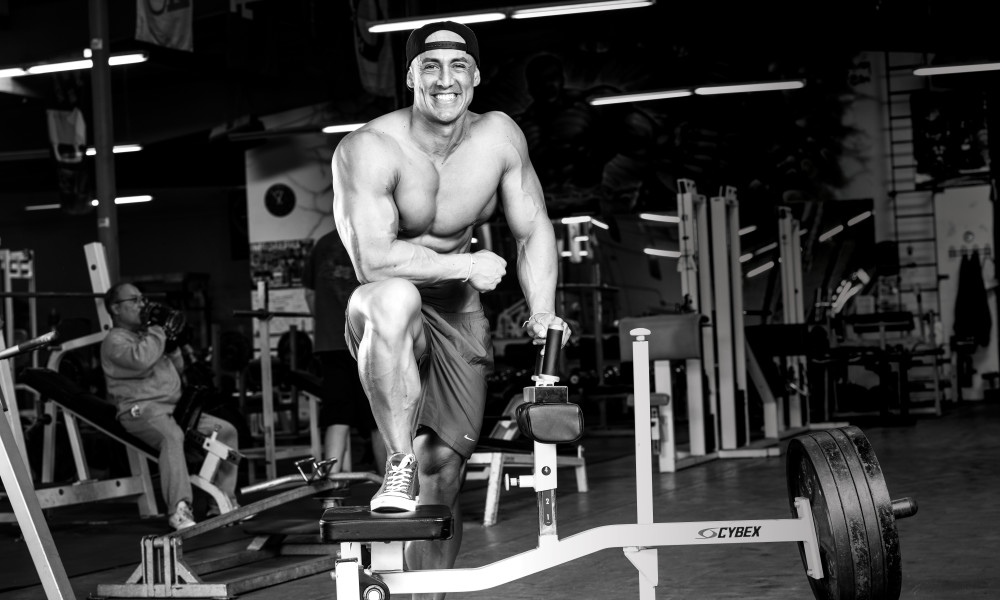

 gastrocnemius and soleus are just above and below the knee. The calves control ankle movement mainly, but tight and weak calves can be a contributing factor to knee pain.
gastrocnemius and soleus are just above and below the knee. The calves control ankle movement mainly, but tight and weak calves can be a contributing factor to knee pain.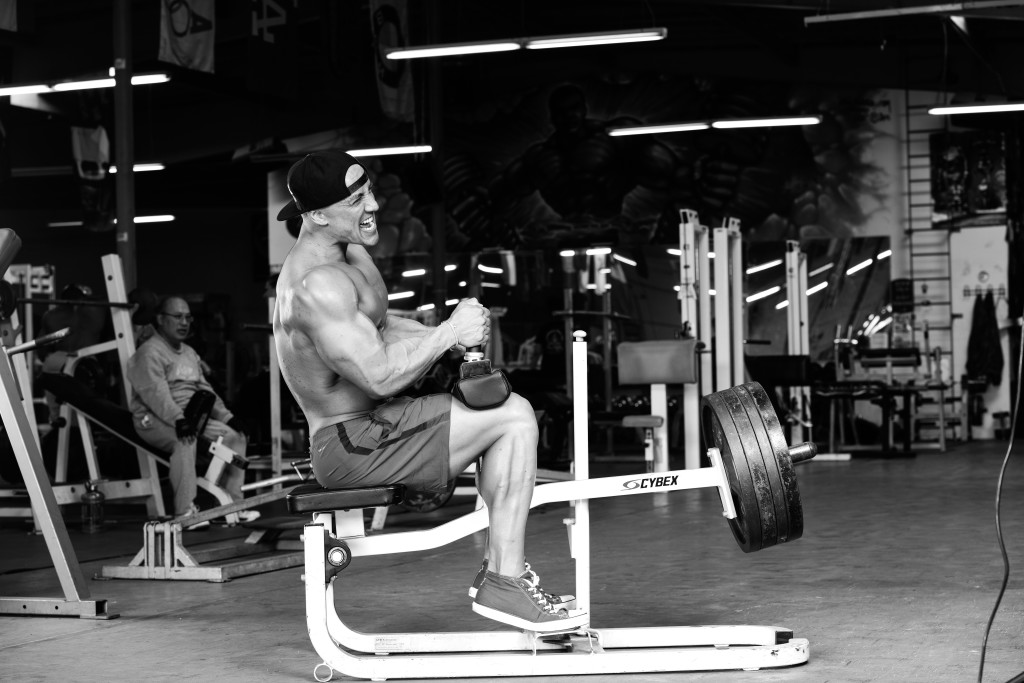







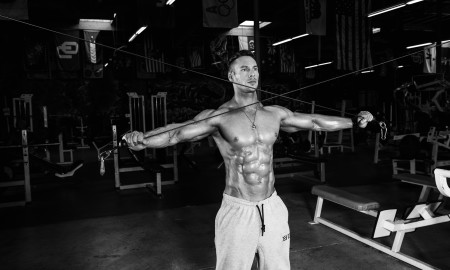
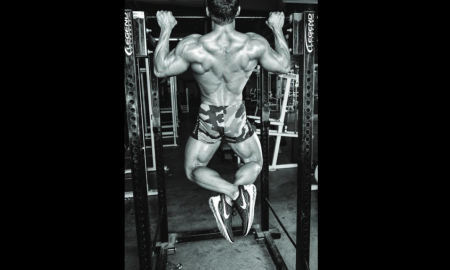
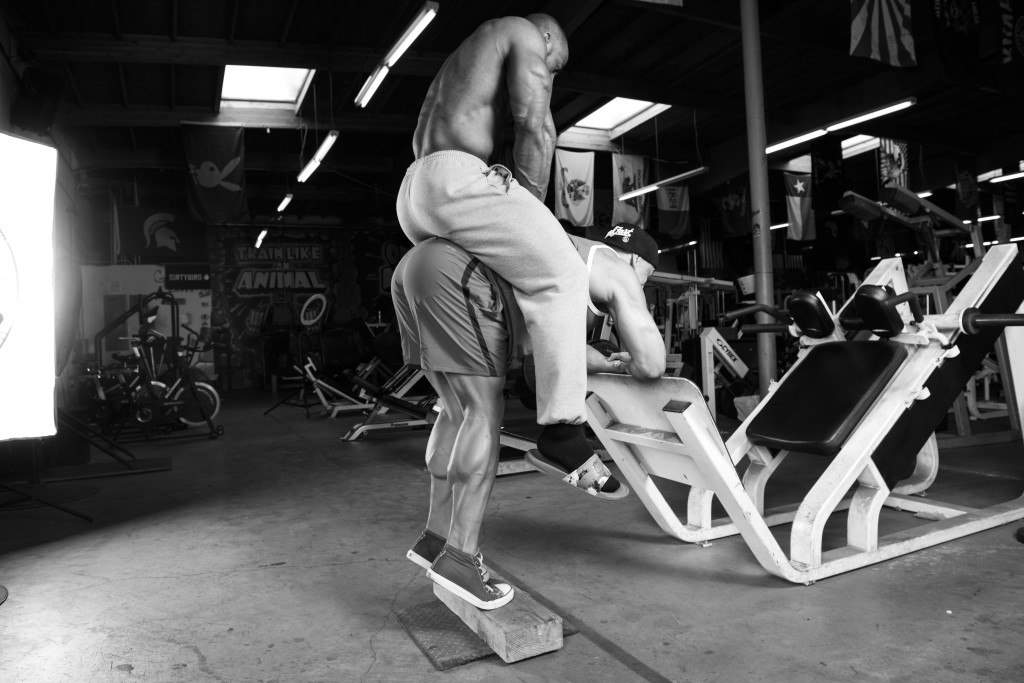







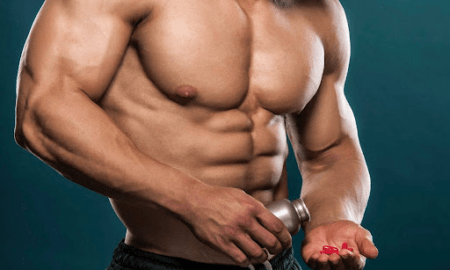


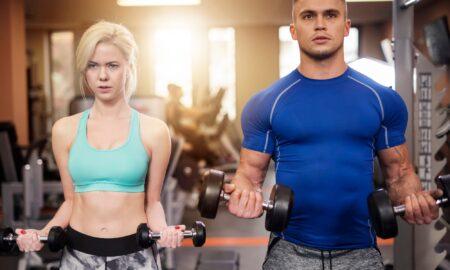



You must be logged in to post a comment Login